Les Misérables Chapter-a-Day Read-along: No Stars in the Sky
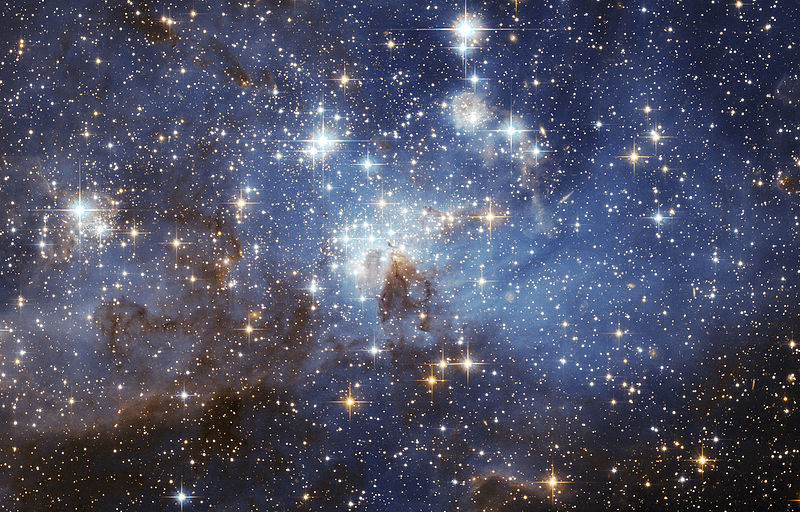
As we enter week 14 of the Les Misérables Chapter-a-Day Read-along, the story moves from the Battle of Waterloo back to the more personal stories of Jean Valjean and Cosette. One of the things I noticed as I read the chapters for this week was Hugo’s continued use of star imagery.
Here’s what stood out to me as I was reading:
- The ship at the center of the action this week is named Orion, not only the hunter of Greek mythology, but also one of the brightest constellations in the sky.
- When Cosette is sent out to fetch water the narrator comments, “However, there was not a single star to be seen in the sky.”
- But at her moment of deepest terror in the forest, a star adds to her fright: “Jupiter was setting in the heavens. The child gazed wild-eyed at this huge star that was unfamiliar to her and terrified her. The planet at that moment was actually very close to the horizon and passing through a thick layer of mist that gave it a horrible ruddiness. The gruesomely crimson-tinged mist magnified the star. It was like a luminous wound.”
- And when Valjean is walking through the forest toward Montfermeil, “There were scarcely more than two or three stars to be seen in the sky.”
Hugo seems to use star imagery to emphasize the loneliness or abandonment of characters. For instance, way back when Valjean was telling the bishop about his release from prison he said, “I went out into the countryside to sleep under the stars. There were no stars.” And when he was debating about whether or not to turn himself in and save Champmathieu, the narrator comments, “There were no stars in the sky.” And after Valjean’s dream that night, he “rose and went to the window. There were still no stars in the sky.” Finally, after Valjean arrives in Arras and is about to enter the courtroom where Champmathieu was on trial, “The first thing he saw was the door knob. That round knob of polished brass shone for him like some terrible star.”
It seems that the fewer the stars, the worse it is for the characters. But when the sky is full of stars then they are signs of God’s presence and worth contemplating. After all, this was one of the bishop’s favorite spiritual activities:
It seemed to be a kind of ritual for him to prepare for sleep with some contemplative thought in the presence of the spectacular wonders of the nocturnal sky….There he was, by himself, meditative, peaceful, worshipful, comparing the serenity of his heart with the serenity of the heavens, stirred in the darkness by the visible splendor of the constellations and the invisibles splendor of God, opening his soul to thoughts descending from the Unknown….
…what more could anyone wish for? A little garden in which to stroll and boundless space for dreaming. At his feet, what a man may grow and pick, and above his head, what he may study and meditate on: a few flowers in the ground and all the stars in the firmament.
But for Valjean and Cosette, there are few stars in the sky if any. And those they can see are terrifying to behold. The stars seem to signify how much or little they can sense God’s presence. It is as if God has abandoned them–or has at least hidden his presence from them. And both of them are at stages in their lives where they may very well feel abandoned by God.
What do you think? Did you notice Hugo’s use of stars, and what do you make of it? It seems Claude-Michel Schönberg and Alain Boublil noticed it, since one of the outstanding songs in their musical version of Les Misérables is “Stars.” There, however, I think stars are used in a different way. But we’ll have to talk about that after a few more chapters…



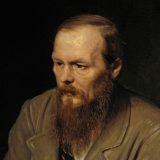






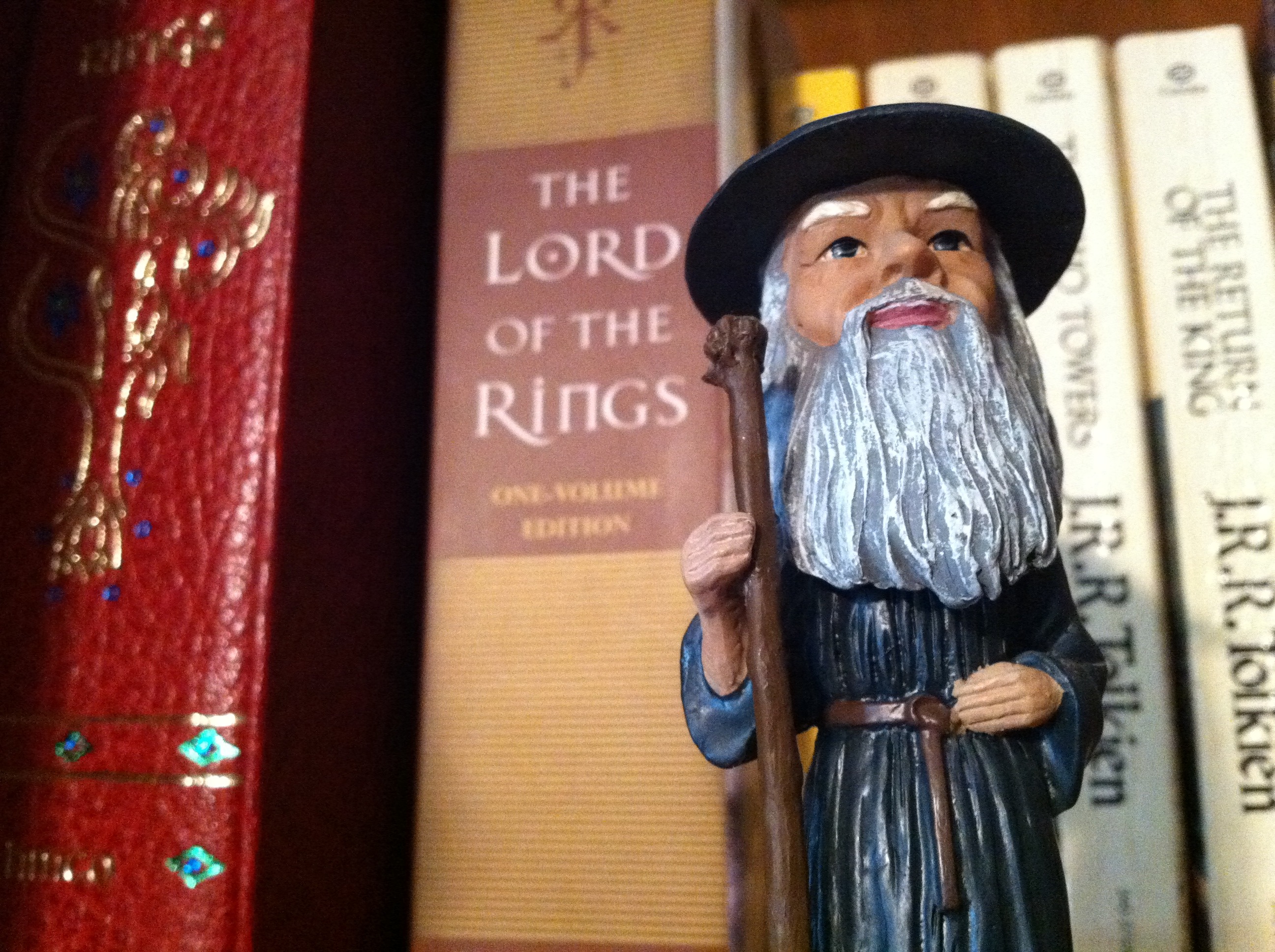



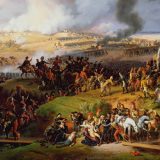
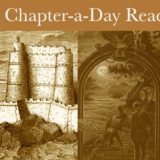

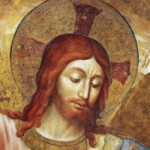
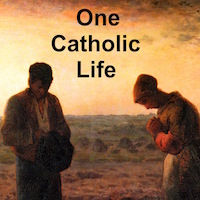
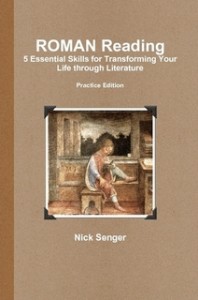

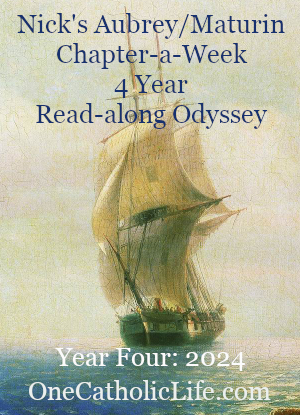
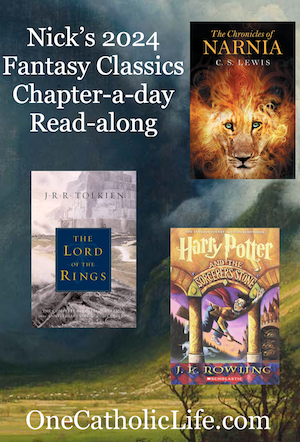
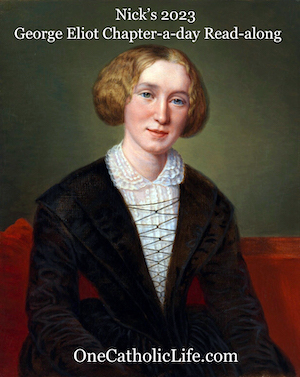
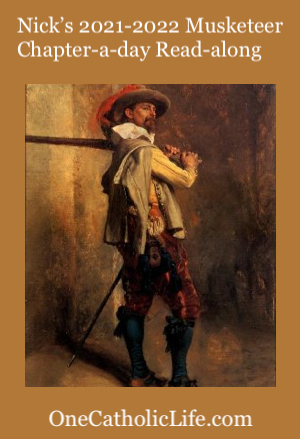
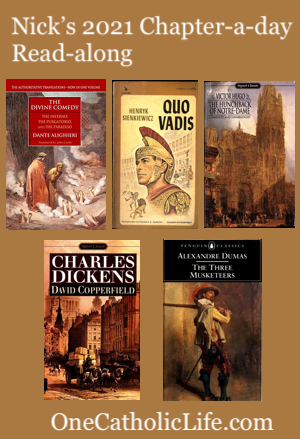
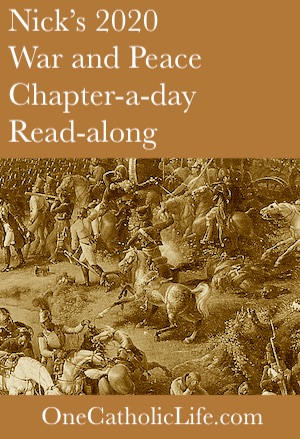
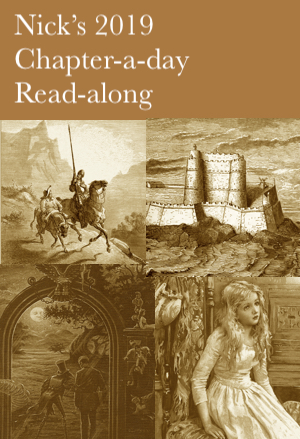
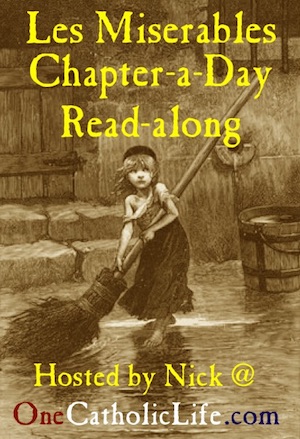
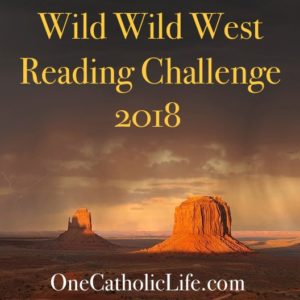


I confess that the whole star connection passed me by, but I’ll be watching out for more celestial signs in future chapters.
The passage about the Bishop is one of my favorites so far, and I noticed the startling appearance of Jupiter in the Cosette section. But I hadn’t noticed the frequent references to starless skies. This will be interesting to watch for in the rest of the book.
I hadn’t noticed the mention of stars at all. Too much on edge to know if and how Cosette escapes the brutal Thenardiers! But I am glad you mention these things because they do stick as I read on! Way back in January you asked about the chapter titled The Fall and I have found at least two other possible echos of this in further chapters.
I don’t think I really paid attention to the star imagery. In the recent reading, when Cosette was in the forest, I was focused more on her fear than the stars. But, I’m going to look for stars going forward! Thanks for pointing this out. 🙂